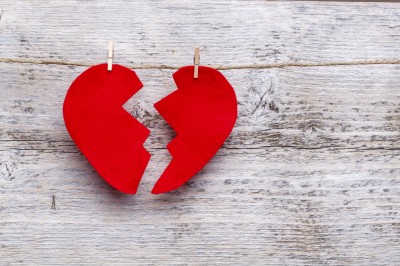If someone close to you became involved in an abusive relationship, what would it look like? Better yet, if you became a victim of domestic violence, would you recognize the red flags and be able to reach out for help? We discussed the statistics of domestic violence last week, but simply knowing the numbers isn’t enough. Abusers will often go to great links to keep their behaviors hidden but with proper knowledge of the warning signs, you can better prepare yourself and those around you to identify domestic violence in its early stages.
Abusive relationships will typically exhibit the following signs:
- Severe Jealousy
- Questioning the victim, making accusations and becoming jealous of time spent with family, friends or children are all common in abusive relationships. The abuser may attempt to minimize this behavior and misconstrue it to be a sign of love. In reality, jealous tendencies exist as a result of insecurities and lack of trust.
- Hurried Relationship Development
- Oftentimes, abusers will be eager to jump into a relationship with the victim. The victim may experience pressures for commitment as the abuser exhibits tendencies unusual for the early stages of a relationship. The victim may begin to hear the abuser make statements like, “I’ve never met anyone like you before,” after only interacting with them for a short period of time.
- Controlling Behavior
- In abusive relationships, it is common for one partner to completely dictate the relationship and make decisions without the other’s consent. Noticeable characteristics could include frequently checking up on the victim when they are not with the abuser, checking mileage on the car and even installing GPS tracking devices on the victim’s car or phone. The abuser may go through the victim’s call history, emails or website history. Regulation of the victim’s finances is sometimes exhibited by the abuser as well as enforcing rules regarding who the victim can talk to, how he or she can dress and where he or she can go.
- Isolation
- The abuser may try to keep the victim away from friends and family in order to maintain power over the relationship. Isolation may consist of the abuser degrading those closest to the victim with statements like, “They don’t have our best interest at heart,” or “They don’t want you to be happy.” Additionally, abusers may try to keep the victim from going to work or school.
- Cruelty to animals
- The abuser may brutally punish animals or family pets and show no concern for their pain or well-being.
- Verbal Abuse
- Highly common in all forms of abusive relationships, the abuser may degrade their victim, curse at them, call them names and demean their personal accomplishments. Verbal abuse is often used to persuade the victim to believe he or she would be nothing without them. The abuse may also try to embarrass the victim in front of others.
- Physically Controlling the Victim
- The abuser may exhibit forms of violence that range from physically restraining the victim to shoving them against a wall. Oftentimes, the abuser will use force and threats of violence to prevent the victim from leaving the room. Another common form of violence involves throwing or breaking objects near the victim to inflict fear.
- If you are in an abusive relationship or have questions on how to help a friend or family member you believe may be suffering from domestic violence, call our Toll-Free, 24-Hour Hotline at 888-323-HOPE (4673).

